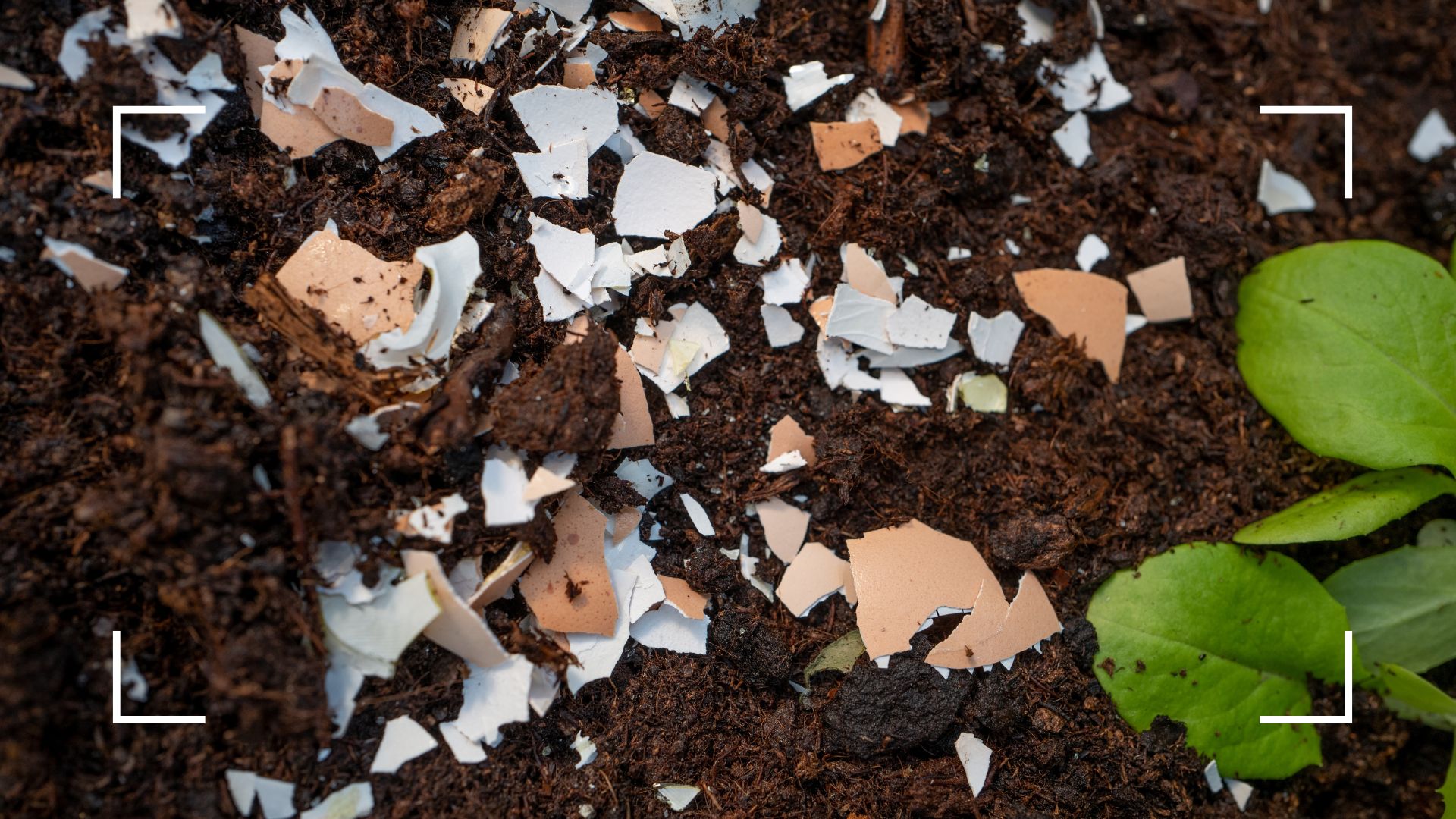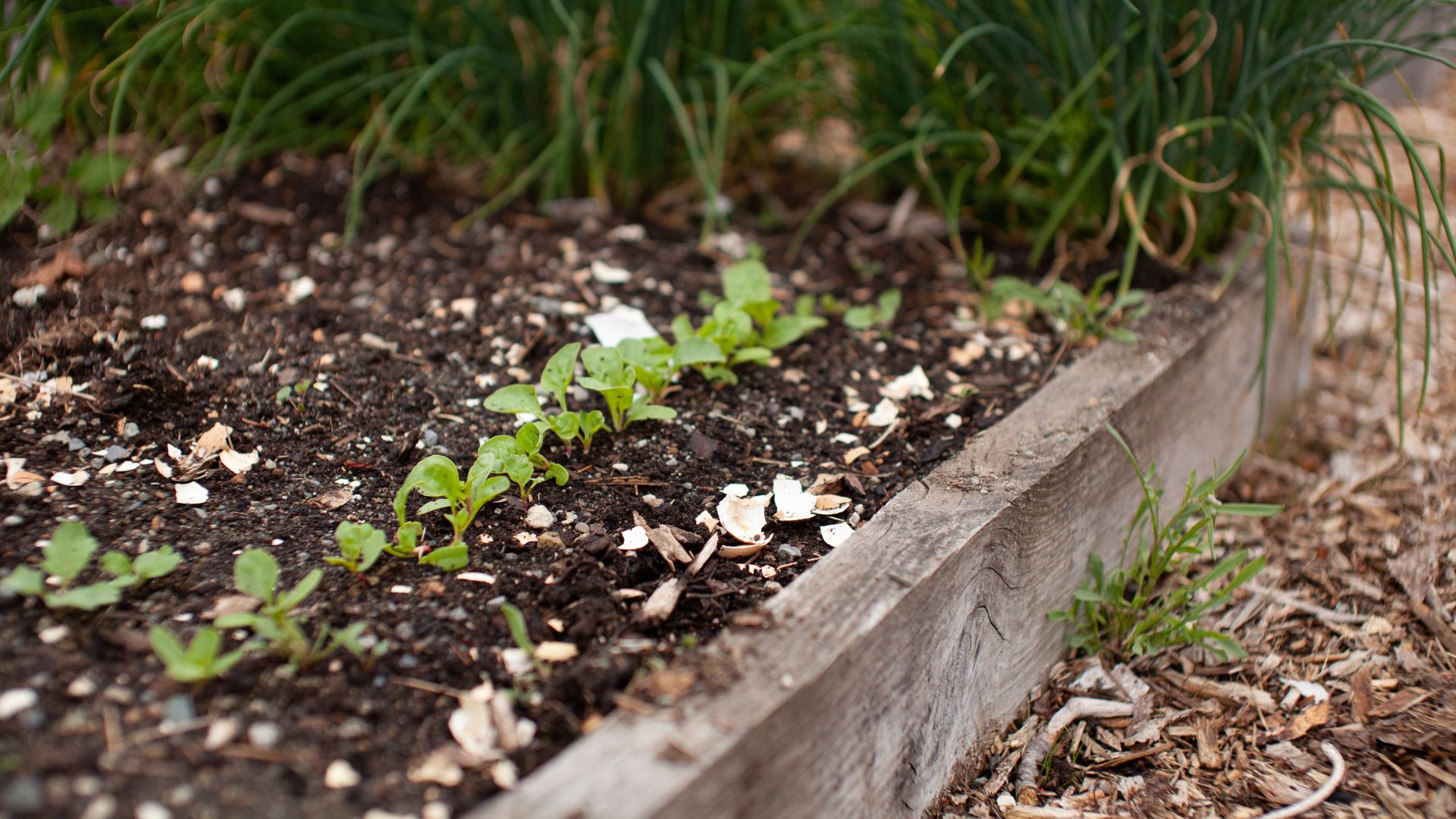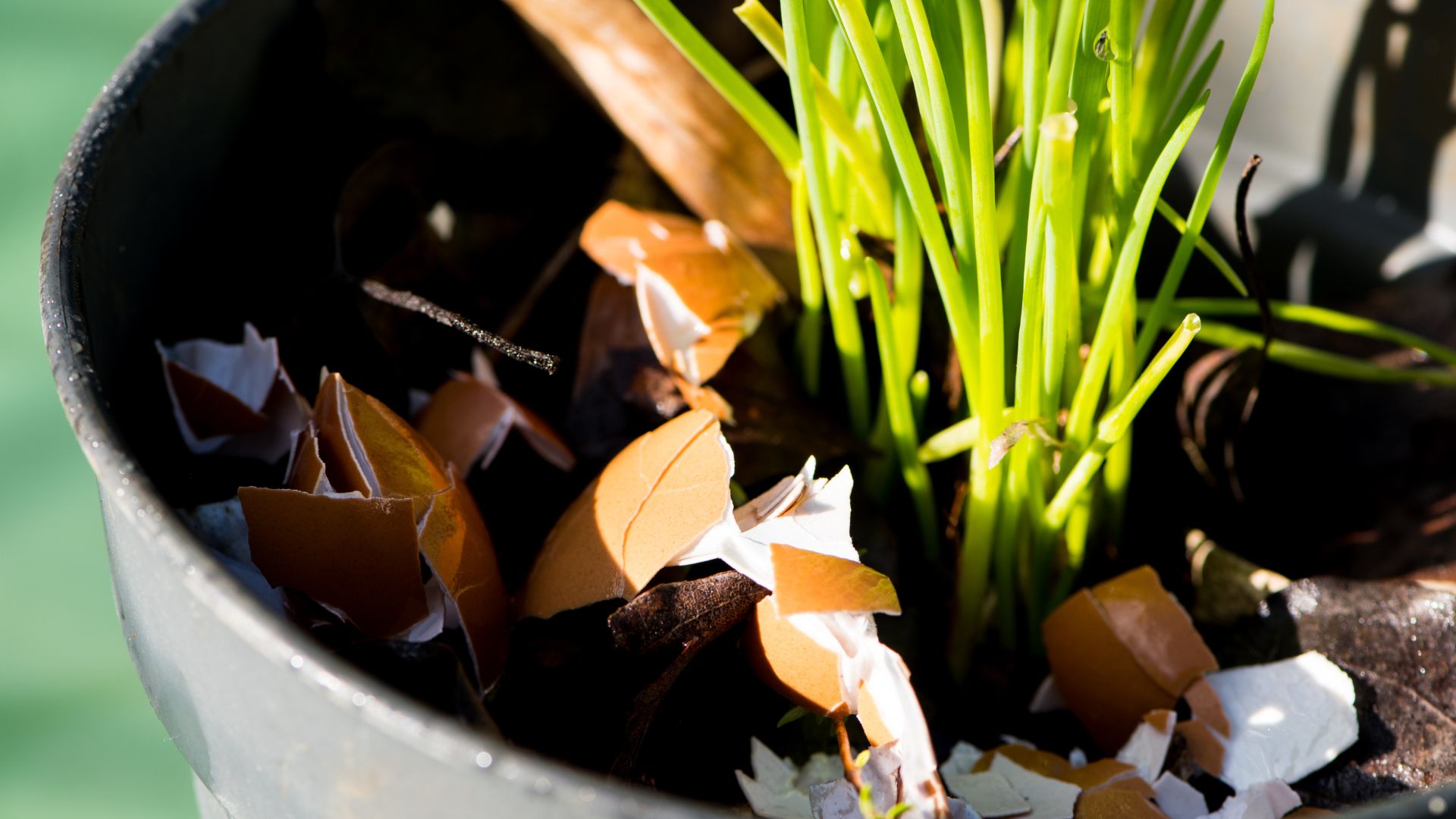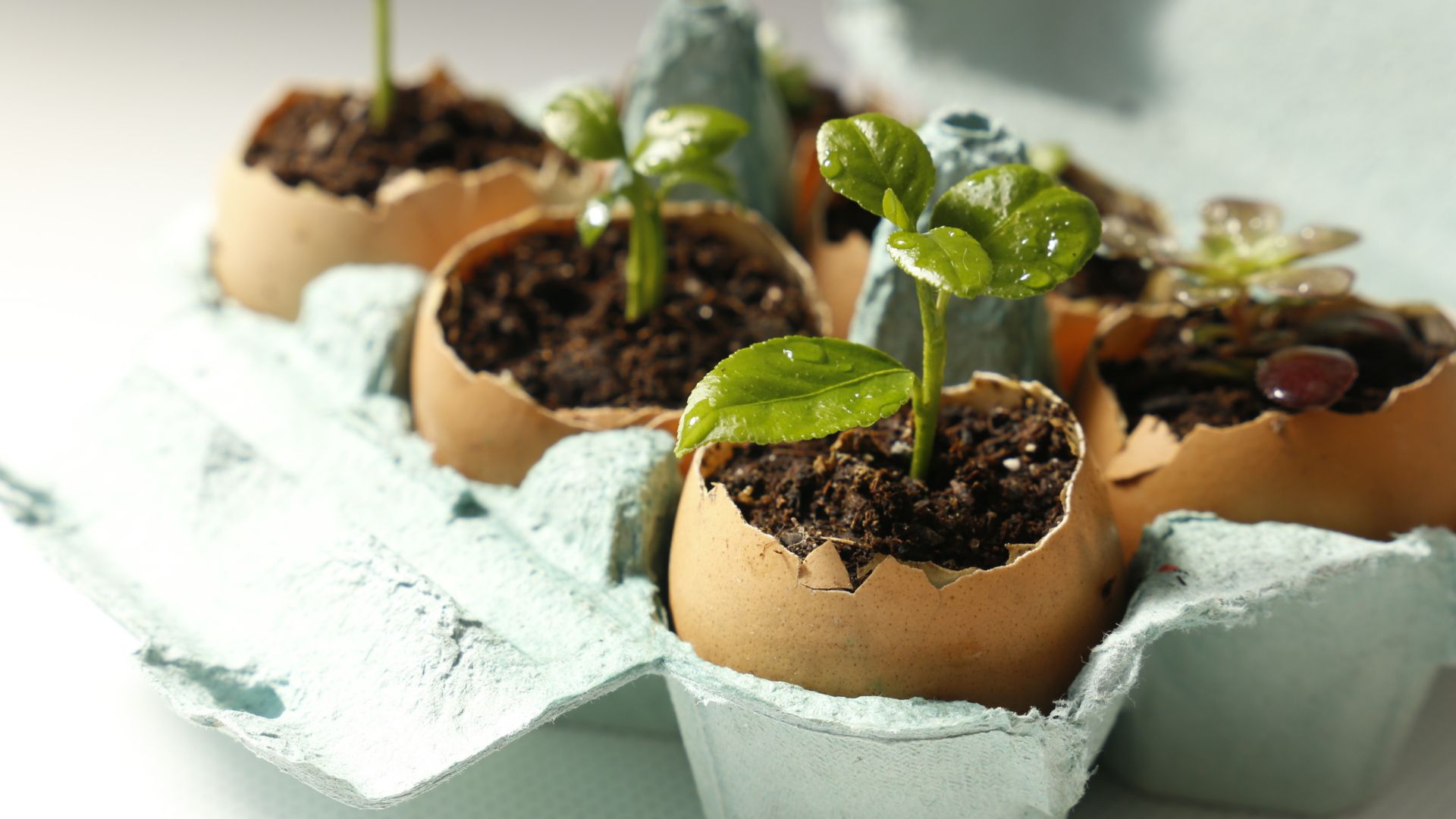
Looking to up your gardening game whilst staying as eco-friendly as possible? Using discarded eggshells to keep your plants happy might just be the trick you've been waiting for.
If you want to keep up with the garden trends this year or perhaps are looking for some of the best sustainable garden ideas then look no further than your food waste. Before you think about throwing out your eggshells, you might want to keep them for your garden instead.
There are multiple ways you can use eggshells in your garden and the trick is ideal if you're starting vegetable gardening.
How to use eggshells in your garden : 3 nifty ideas
From using coffee grounds in your garden to collecting rainwater, using natural resources to nurture your garden is a great way to keep costs down whilst rewarding plant growth.
There are many advantages to using eggshells in your garden explains gardening expert Harry Bodell at Priceyourjob. He says, "The calcium in eggshells helps plants resist diseases and pests, it balances overly acidic soil and will also help plants absorb other essential nutrients already present in the soil."
So if you are ready to keep aside your eggshells each morning here are the three ways you can make use of them to make your garden thrive like it never has before.
1. Fertiliser

When your garden is filled with some of the best shrubs for long-lasting loveliness it's important to ensure your soil has all the nutrients it should have to nurture your plants sufficiently.
"Eggshells are a natural source of calcium carbonate. This helps to strengthen the cell walls in plants and promotes healthy growth. You can crush eggshells and mix them into the soil around your plants. Alternatively, you can add the eggshells to your compost pile," says Harry.
To get the most out of the eggshells as a fertiliser, it's best to grind them down to a fine powder and disperse them evenly throughout your soil mix.
Jane Dobbs, the lead gardener at Allan's Gardeners says, "Once finely ground, you can sprinkle it around your plants' roots or integrate it into the soil, allowing for efficient nutrient absorption. I recommend blending eggshells into a fine powder and storing them for later use."
2. Pest control

Once you've tackled the larger pests in your garden and mastered how to keep foxes out, it's time to keep your vegetables and flowers safe from the smaller slimy culprits.
Broken-up eggshells are a brilliant natural pest control due to their sharp edges and zig-zagged shape. Presenter for BBC Two Gardener's World, Toby Buckland explains, "Crushed eggshells make an excellent slug-deterrent around vulnerable pot plants as slugs don't like their sharp edges."
He recommends crushing up the shells and spreading them in a layer around the stems of your particularly leafy plants. Keeping most of the shells in larger pieces will also ensure they decompose slower so you don't need to replace them as often.
3. Seed starters

This is a great easy gardening tip that every gardener should know and will save you money on seed trays as well as seedling pots. So if you're looking to sow some alluring plants to liven up your garden why not plant them into empty eggshells?
"Simply poke a drainage hole in the bottom, fill it with potting mix, and plant your seeds. As the seedling grows, the roots can penetrate the eggshell, utilising the calcium as it breaks down," explains Harry.
When you've noticed the seedling has emerged then you can place the filled shell into a ground bed so that it can continue to grow into a fully-fledged plant with added nutrients. And why not use the egg carton to hold the shells until they're ready to plant, just as the picture above shows?
What plants don't like eggshells in the garden?
Whilst most plants will happily soak up the added nutrients from eggshells, especially roses, African violets and monsteras, there are some which may be harmed by the shell's effects.
Jane explains how there are a few exceptions, she says, "You shouldn't add eggshells to potato plants, because they can increase soil alkalinity. Potatoes like acidic soil. Camellias also prefer acidic soil. Camellias do well with calcium from eggshells, but their effects on soil pH may not be suitable, especially if the soil becomes too alkaline."
Other acidic-loving plants include blueberries and azaleas which Harry says wouldn't benefit from the extra calcium nutrients and could be negatively affected by the added fertilisation.
If you want to use eggshells in beds with these plants then Jane recommends monitoring your soil's pH and fertility levels so you can amend its make-up and remove the eggshells if levels become unsuitable. You can get a highly recommended pH testing kit from Garden Tutor on Amazon for £12.89.
Can I put eggshells directly in my garden?
How you place the eggshells in your garden depends on how you plan to use them. For pest control, it's recommended that you wash the shells and leave them largely broken up to provide as much sharp surface area as possible. When it comes to fertilising plants, there are different things to take into consideration.
"It's tempting to scatter eggshells around your plants, but I recommend crushing or grinding them into a fine powder first. Also, finely ground eggshells are less likely to attract pests and they are more evenly distributed in the soil," explains Jane.
Grinding the shells down will accelerate the decomposition process meaning those added nutrients will be soaked into the soil and the plants a lot quicker, giving you results faster too. Perfect if you're trying out the rewilding trend and are hoping to have a garden full of wildflowers by summer.
Why not add eggshells to your Monty Don-inspired bulb lasagnas? Nothing is stopping you from adding these nutrient-rich food scraps to most of your alkaline-loving plants this season. When you're surrounded by rich colourful blooms and thriving tasty veggies you'll be glad you did.







